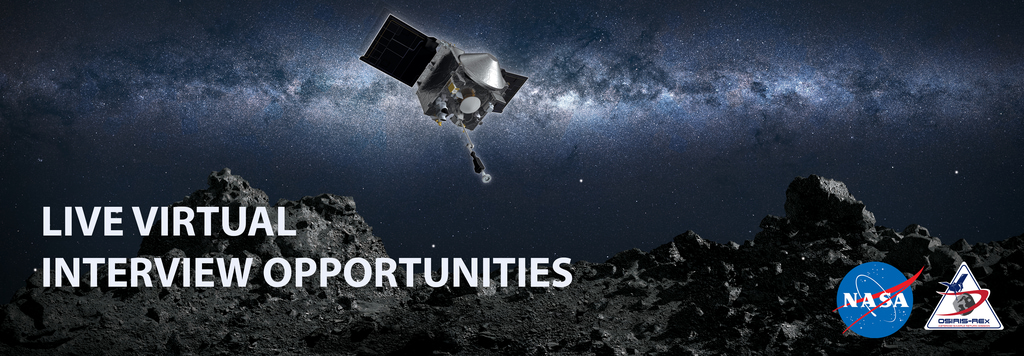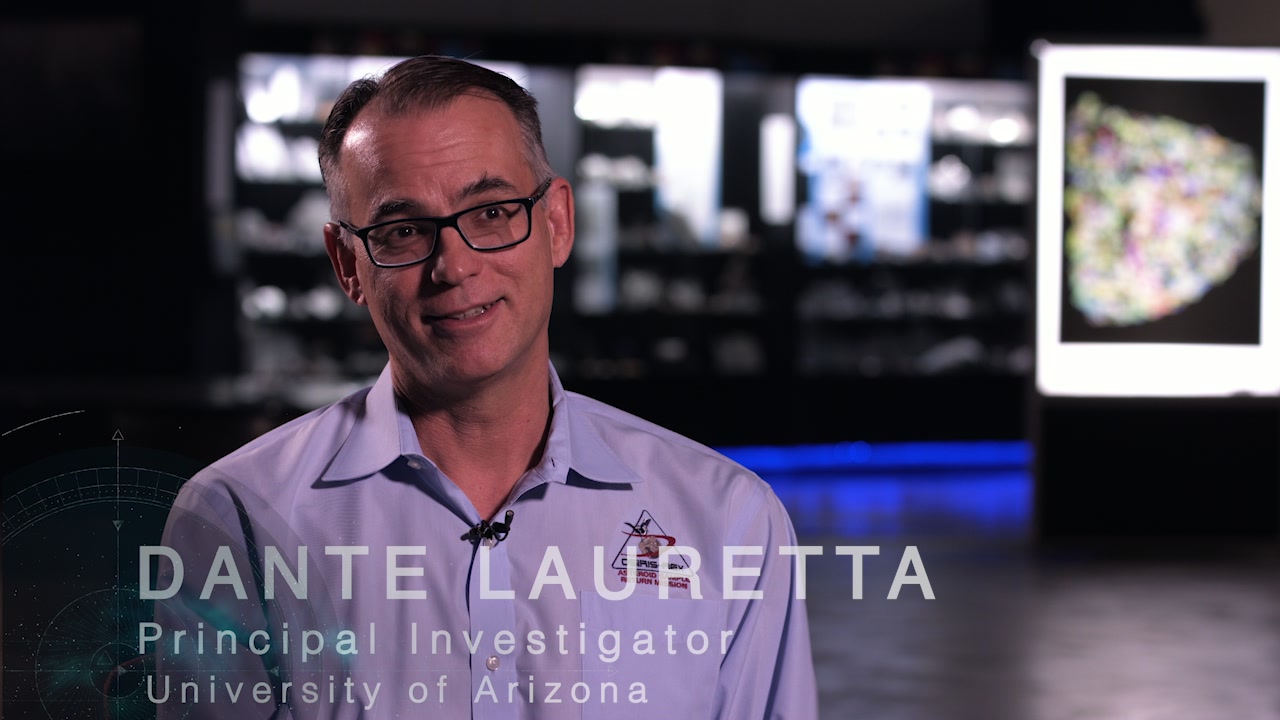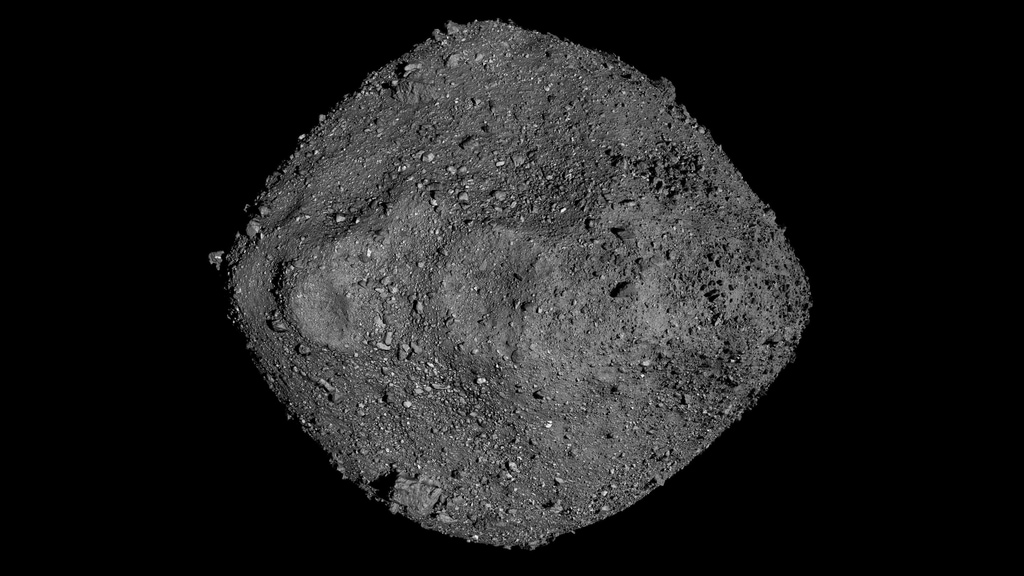OSIRIS-REx: Science Operations Center & Mission Support Area
This editor's resource page contains footage of the OSIRIS-REx Science Operations Center at the University of Arizona in Tucson, and of the Mission Support Area at Lockheed Martin Space in Littleton, Colorado. OSIRIS-REx is a NASA mission studying near-Earth asteroid Bennu. It will return a sample of Bennu to Earth in 2023.
The OSIRIS-REx Science Operations Center (SOC) at the University of Arizona in Tucson. Data from the spacecraft are downlinked to the SOC for study by science team members.
The OSIRIS-REx Mission Support Area (MSA) at Lockheed Martin Space in Littleton, Colorado. Commands to fly OSIRIS-REx are sent to the spacecraft from the MSA.
For More Information
See the following sources:
Credits
Please give credit for this item to:
NASA's Goddard Space Flight Center
-
Producer
- Dan Gallagher (USRA)
-
Videographers
- Rob Andreoli (Advocates in Manpower Management, Inc.)
- John Caldwell (Advocates in Manpower Management, Inc.)
-
Project support
- Erin Morton (The University of Arizona)
- Dani Hauf (Lockheed Martin Space Systems)
- Heather Roper (The University of Arizona)
- Christine Hoekenga (The University of Arizona)
-
Scientists
- Daniella DellaGiustina (The University of Arizona/LPL)
- Dante Lauretta (The University of Arizona)
-
Engineers
- Coralie Adam (KinetX)
- Javier Cerna (Lockheed Martin Space Systems)
-
Technical support
- Aaron E. Lepsch (ADNET Systems, Inc.)
Missions
This page is related to the following missions:Release date
This page was originally published on Thursday, July 9, 2020.
This page was last updated on Wednesday, May 3, 2023 at 1:44 PM EDT.




